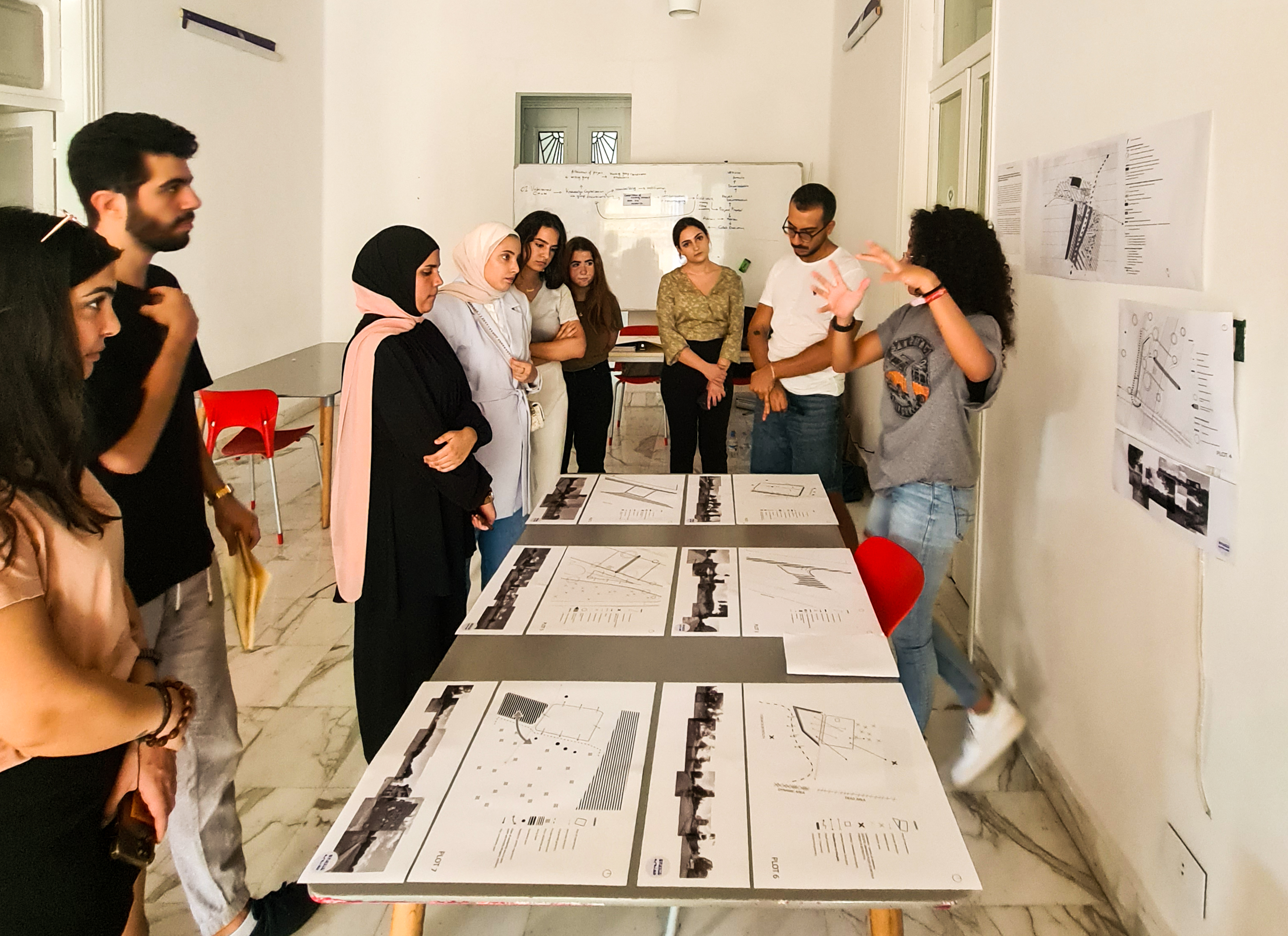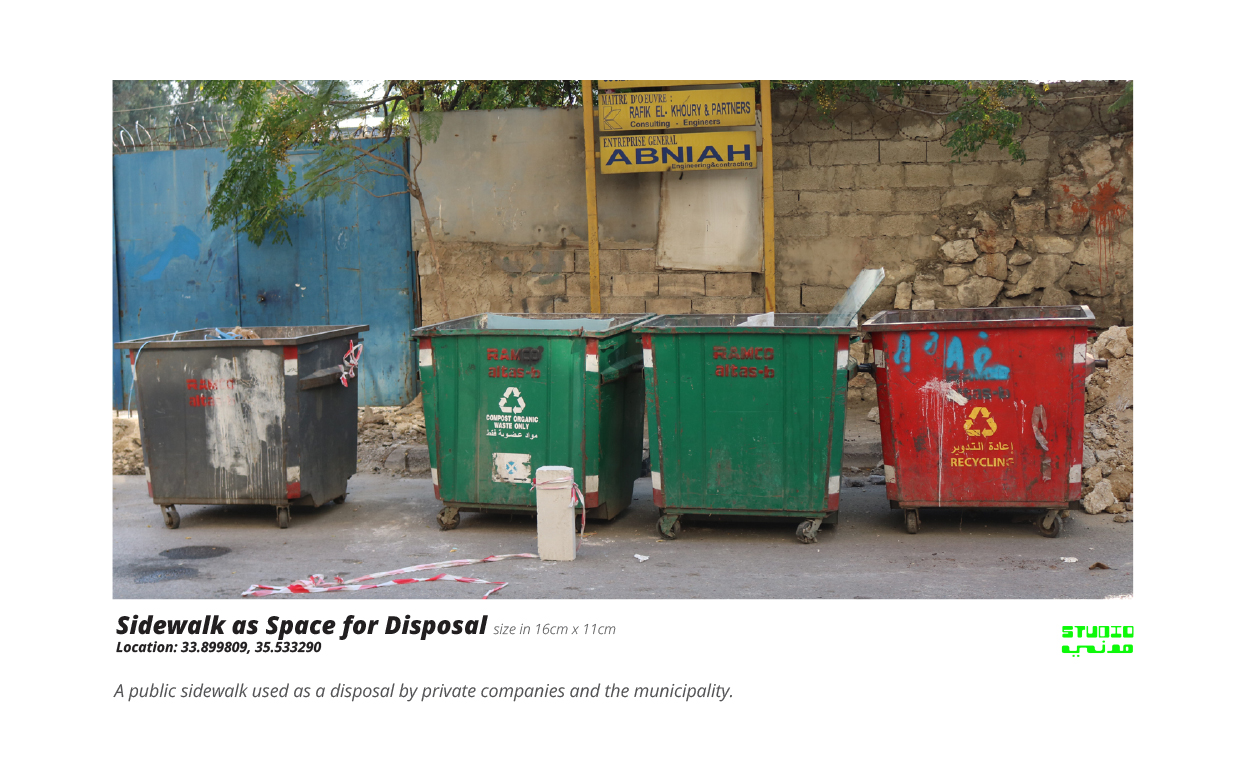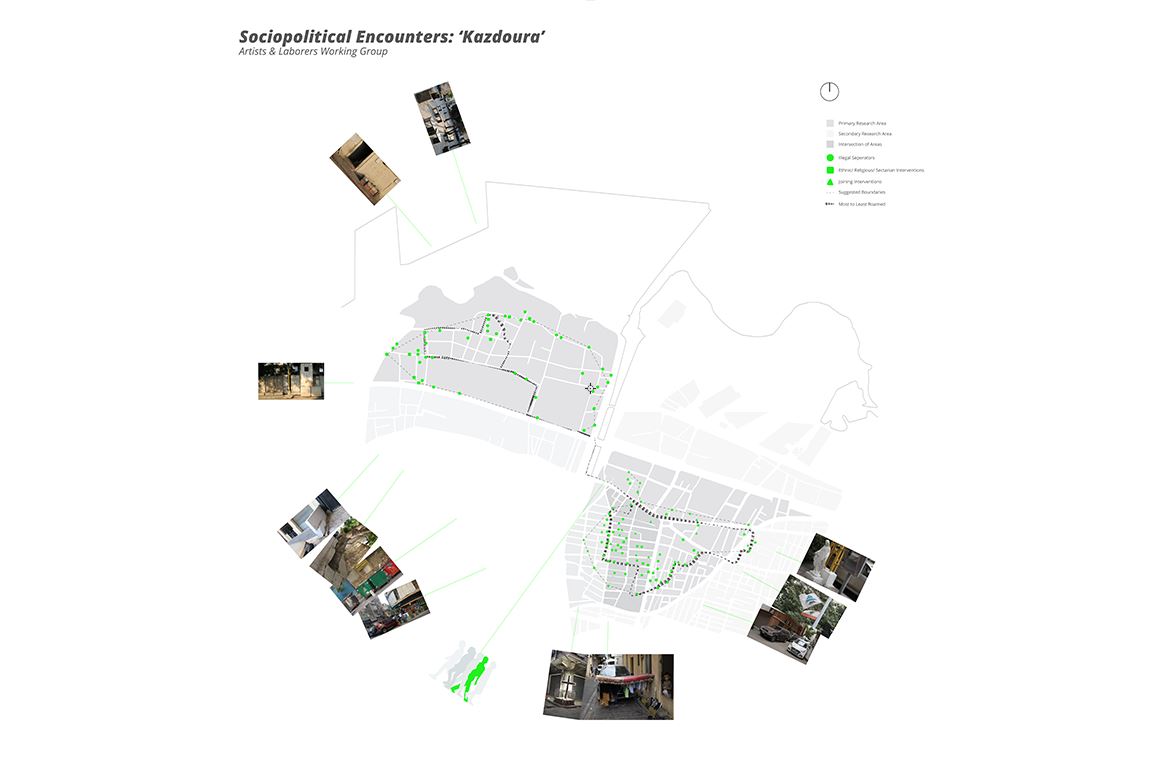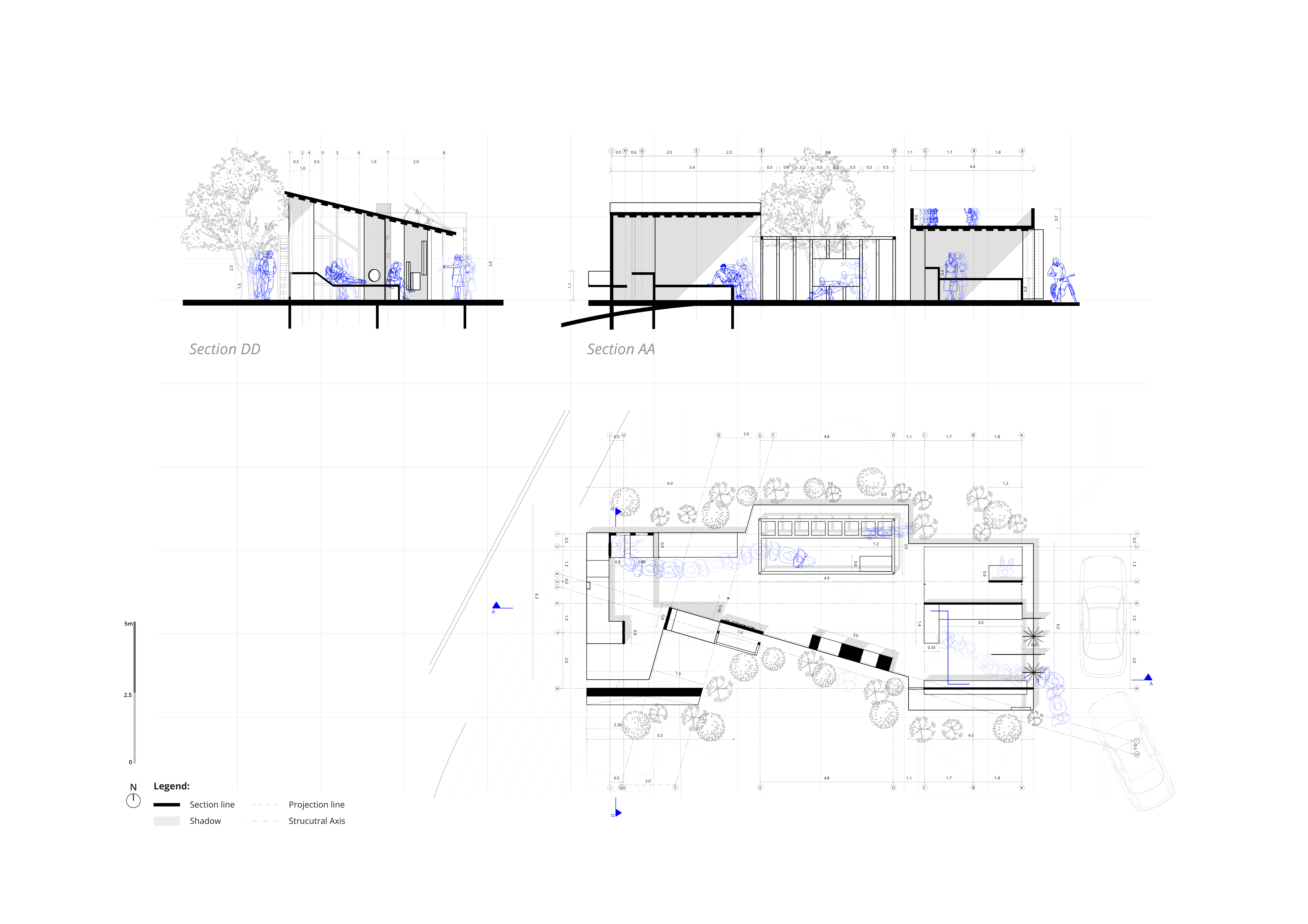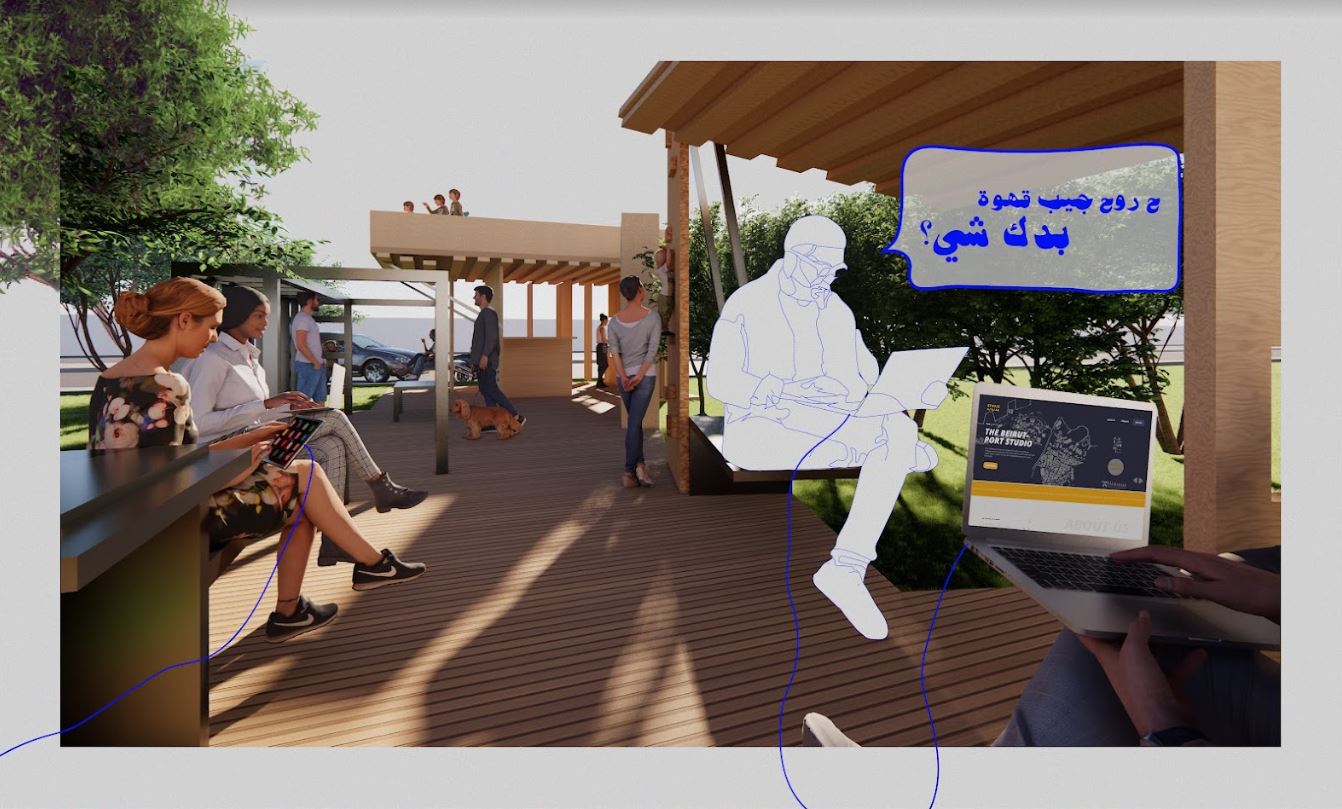Curator/ Committees' Leader |
Nader Akoum
Architectural Designer & Researcher |
Nour Richani + Celine Lahhoud + Kassem Fattah
Geographer & Surveyor |
Nicholas Akkawi
Artist & Researcher |
Zahera Abou Hamdan + Rynal Bou Imad + Ranim Kachmar + Jad Kabbani
Documenter & Researcher |
Omar Bsat + Hala Hneini
Governance & Information |
Noor Akoum
Graphic Design & Content |
Kassem Fattah + Noor Akoum
The Friedrich Naumann Foundation for Freedoms collaborates with Studio Madane on a project called ‘The Beirut River: Portrait and Injections’, with Madane’s aspiration to engage the youth in socio political reform and decision-making through research and practice. This project, in all its phases, combined researchers, architects, surveyors, social workers, geographers, journalists, filmers, operators, analysts, photographers, writers, and more for one common inquiry. Does reform, the promise of Lebanon’s ‘leaders,’ affect people’s political decision-making when it arrives from a political alternative?
Impact
Sustainable Communities, Innovation of Industry, Reduced Inequalities, and Partnerships for Development.
Project Narrative
The current political class has not changed in Lebanon for the past 30 years [Dr Lina Khatib, Lebanon's Politics and Politicians] and, with that, the living conditions continue to deteriorate. Despite that, affiliations to the same leaders persist because of the many promises they continue to make. Can providing these people an effective and useful alternative alter their affiliations? Can direct reform, perhaps civic reform in their neighborhoods, affect their political decision-making?
The Karantina - Nahr Beirut - Bourj Hammoud radius is a socially, demographically, ethnically, economically, environmentally, and politically controversial area. It is a radius that picks up a fraction of the capital Beirut, and a fraction of its northern suburbs [local Christians, local Muslims, and non-locals [Harake, Nabaa Neighborhood Profile, Bourj Hammoud, Beirut]. This ground provides multidisciplinary research the richness that it requires.
